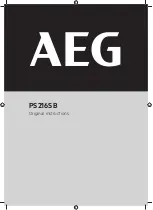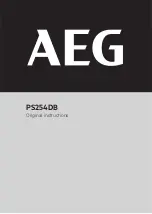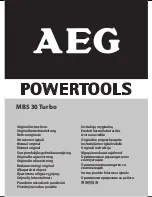
23
Blade Guides
In order to stabilize the blade during use, it is
important that the guide blocks and rear support
bearings are monitored and adjusted regularly
for optimum blade life and high quality cuts.
The rear support bearings keep the blade
straight during a cut. They also protect the
blade from being pushed too far back. When the
blade puts pressure on the bearings, they spin.
This reduces friction and blade wear. The rear
support bearings should only touch the blade
during a cut. After the cut, the blade should
return back to its original position and no longer
be touching the bearings.
To adjust the rear support bearings:
1.
Familiarize yourself with the thumbscrews
on the blade guide assemblies.
See Figure
37.
2.
Find the thumbscrew that allows the bear-
ing to move forward and backward.
3.
The ideal distance to set the rear support
bearing away from the blade is .016 in. A
dollar bill is approximately .004 in. thick.
Folded twice, a dollar bill is easy and fairly
accurate for use in adjusting the distance
between the bearing and the blade.
However, a feeler gauge will be the most
accurate if you have one available.
4.
Begin with the upper rear support bearing.
Set the dollar bill (or feeler gauge) against
the back of the blade and slide the bearing
forward so it pinches the dollar between the
blade as shown in
Figure 38
.
5.
Take care
not
to put too much pressure on
the bearing so that you accidentally push
the blade forward. Tighten the thumbscrew
to lock the bearing in position.
6.
Repeat with the lower rear support bearing.
Figure 38.
Dollar folded twice for bearings.
Figure 37.
Blade guide assemblies.
Rear Support
Bearings
Guide
Blocks
















































